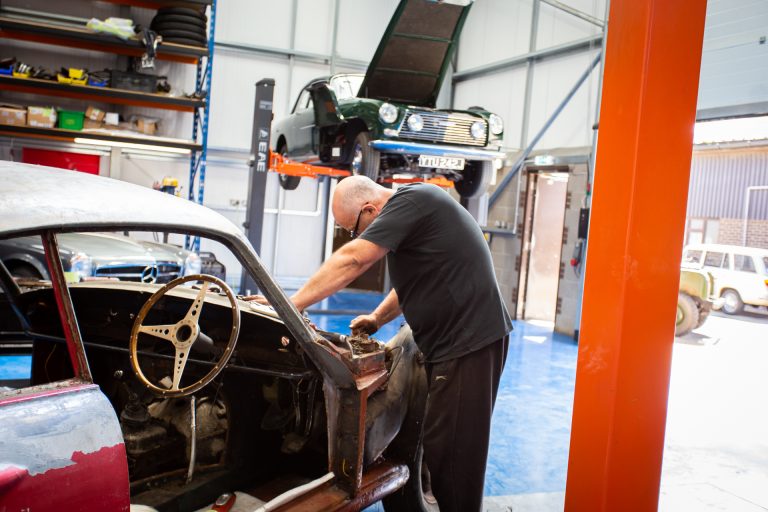
Getting Ready – Preparing to Remove the Engine on the 1959 Jensen 541R
The engine from the 1959 Jensen 541R is due to come out of the frame any day now as part of the restoration of the


The engine from the 1959 Jensen 541R is due to come out of the frame any day now as part of the restoration of the

To celebrate the 30th anniversary of the TVR Griffith, there will be a celebration at Petersfield Village in North Essex. A gathering of some of
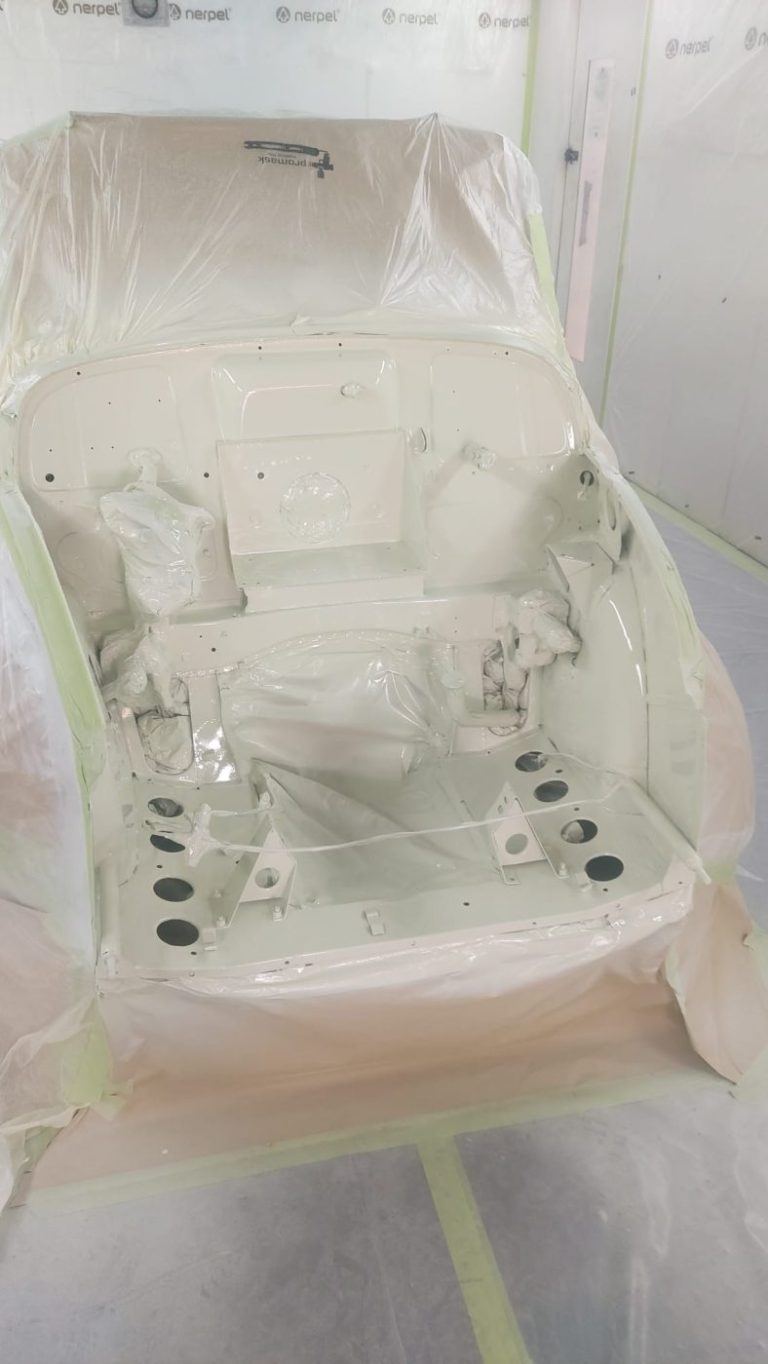
The 1969 Morris Minor Convertible has had its engine bay finished in the correct Snowberry White as part of its restoration by Bridge Classic Cars.
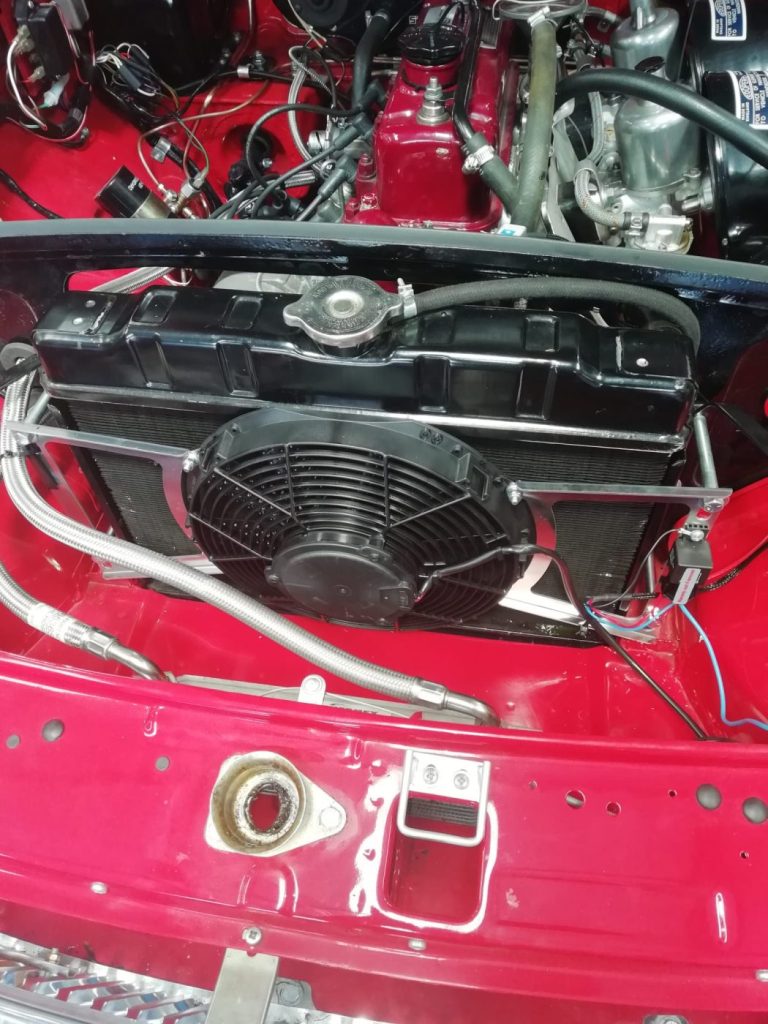
The 1968 MG B GT has been in the Bridge Classic Cars workshop to have several new pieces fitted under the bonnet of the classic

Coming soon to the Bridge Classic Cars Suffolk HQ is this rare and unique Banks Lotus Europa. The Banks Europa’s have a redesigned chassis from
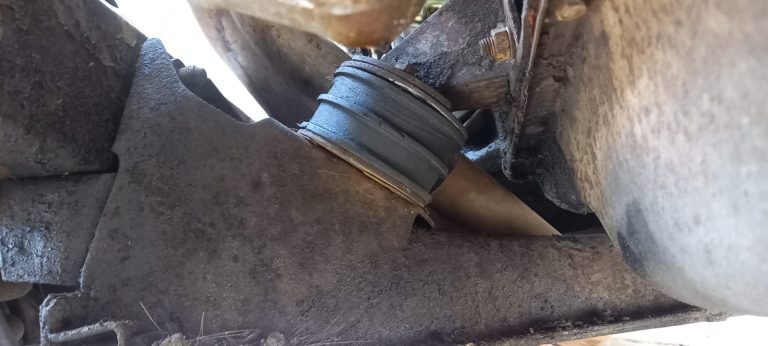
The 1984 Lada 1200 has been worked on by the Bridge Classic Cars restoration technicians as part of getting the car into perfect working order.
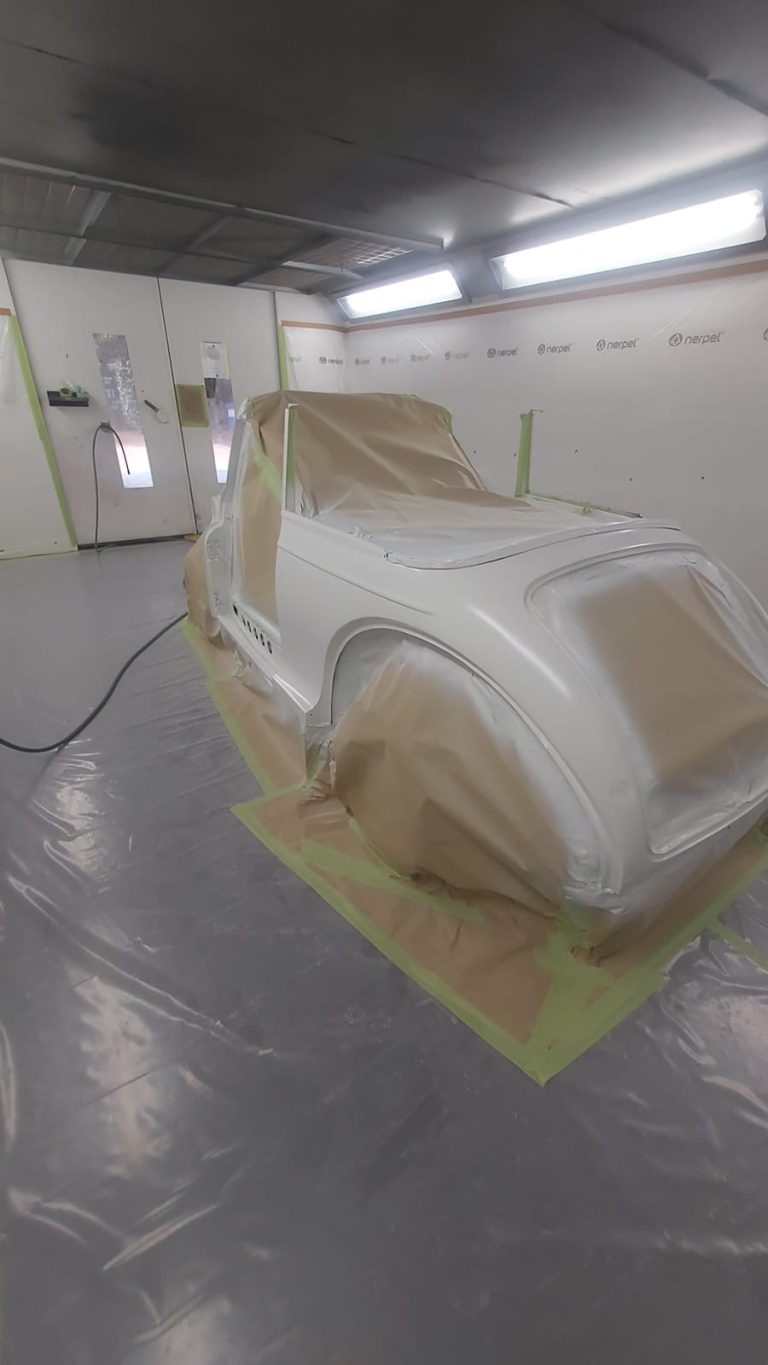
The 1969 Morris Minor Convertible has been in the Bridge Classic Cars paint booth to have its next stage of primer laid down. After many
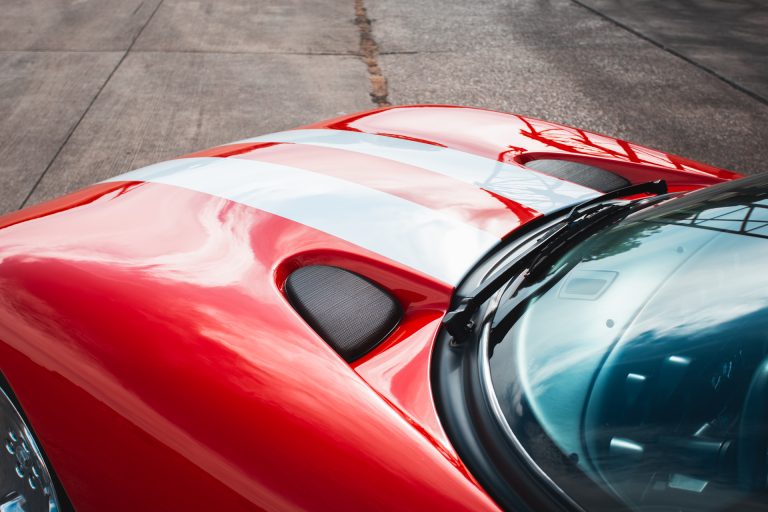
The Dodge Viper – One of the most iconic, raw and visceral supercars of the 1990s. But, why was it so barebones and hardcore? Well,
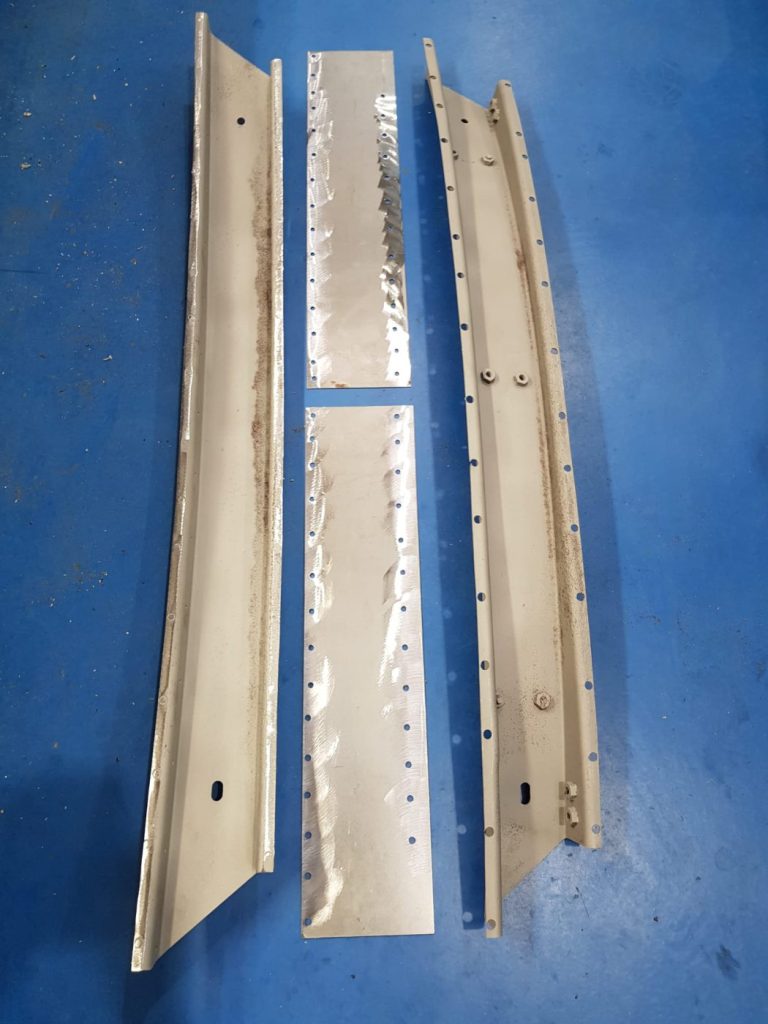
The workshop team at Bridge Classic Cars have been working on several key pieces of the 1978 MG B GT in for restoration with us
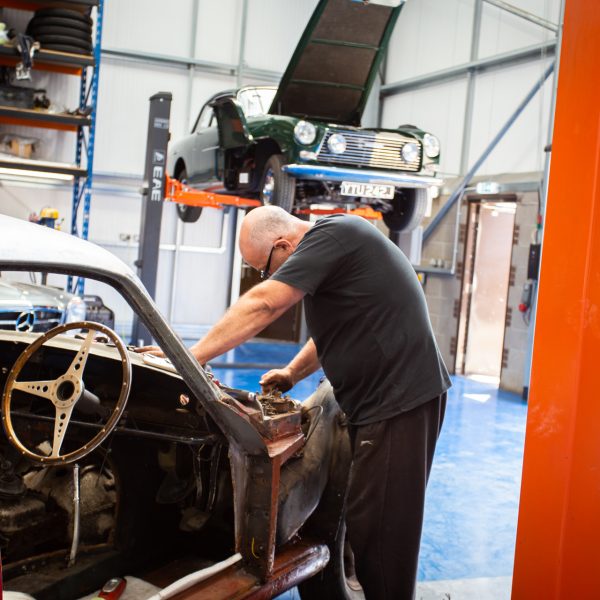

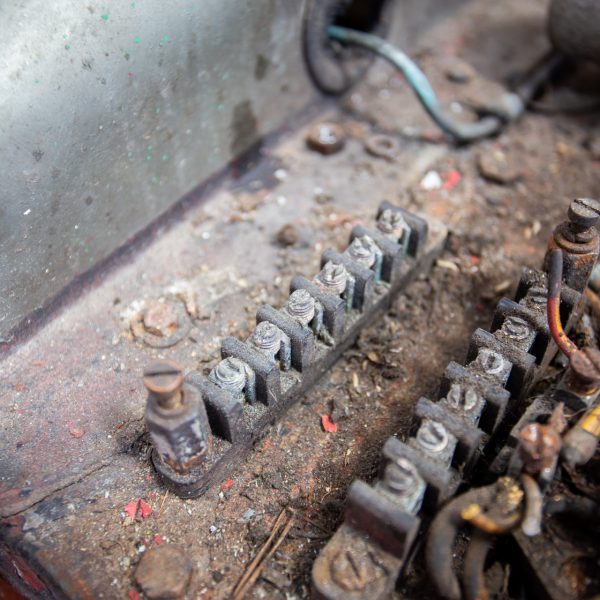
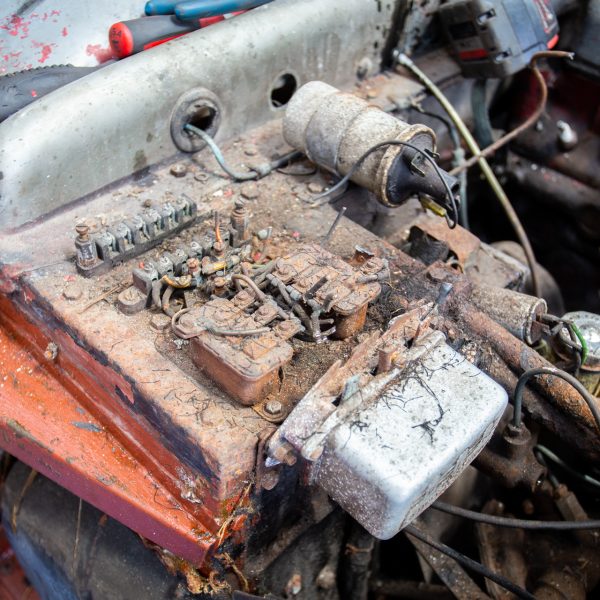
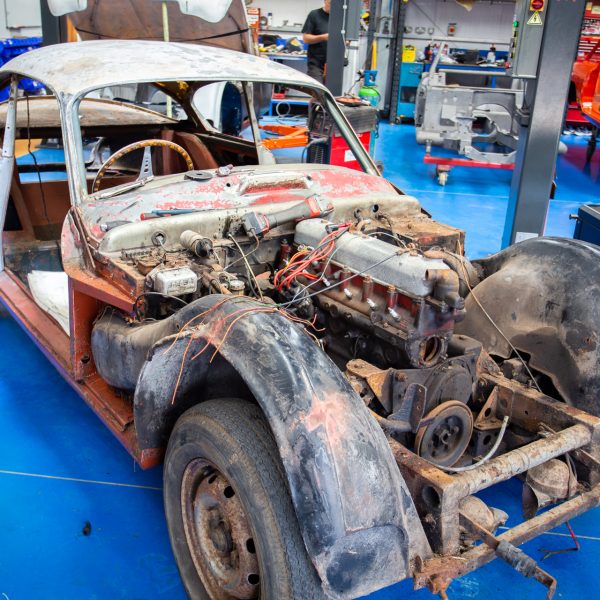
The engine from the 1959 Jensen 541R is due to come out of the frame any day now as part of the restoration of the car by Bridge Classic Cars.
For this, the team have been preparing all the surrounding areas to make sure the engine cannot get hung up or caught on anything on its way out of the classic GT car.
To celebrate the 30th anniversary of the TVR Griffith, there will be a celebration at Petersfield Village in North Essex. A gathering of some of ‘the best classic sports cars and TVRs in the country’.
All our welcome at the show!
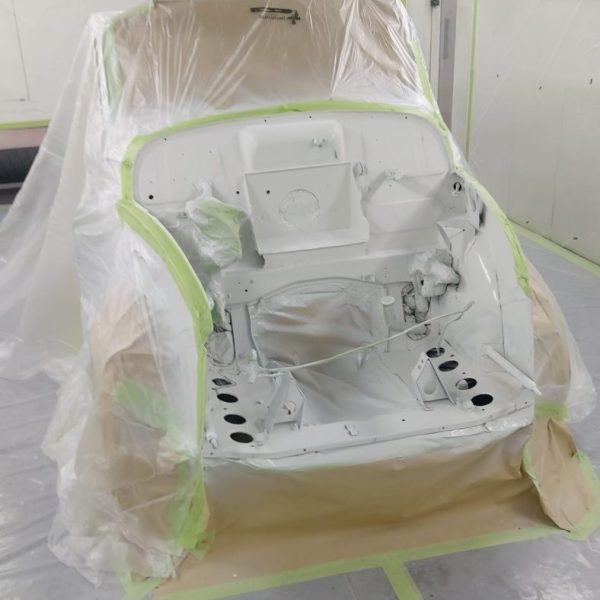
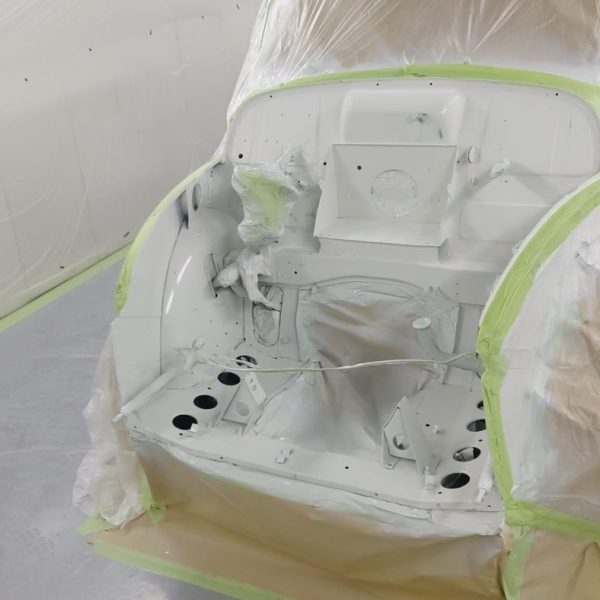
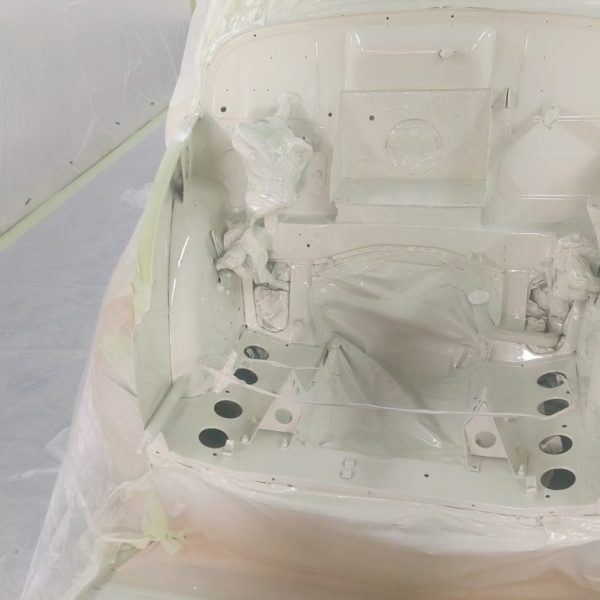
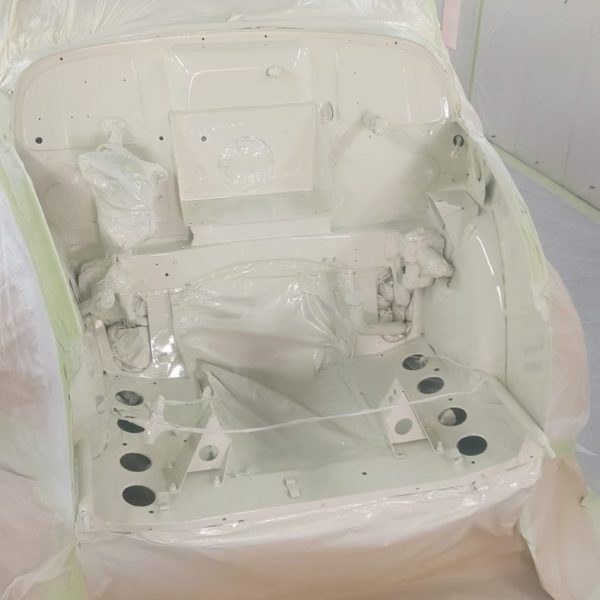
The 1969 Morris Minor Convertible has had its engine bay finished in the correct Snowberry White as part of its restoration by Bridge Classic Cars.
After having its high build primer laid down and left to cure, the team masked off the engine bay of the classic Morris to lay down several coats of Snowberry White onto the car. This will be left to cure and harden before moving onto the rest of the bodywork.
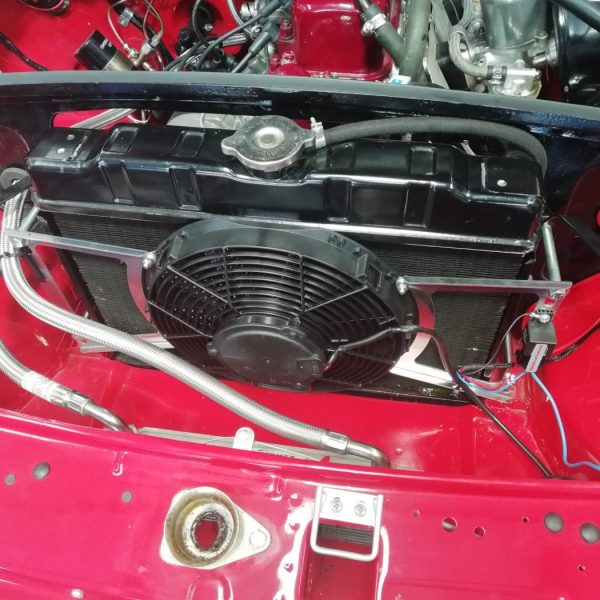
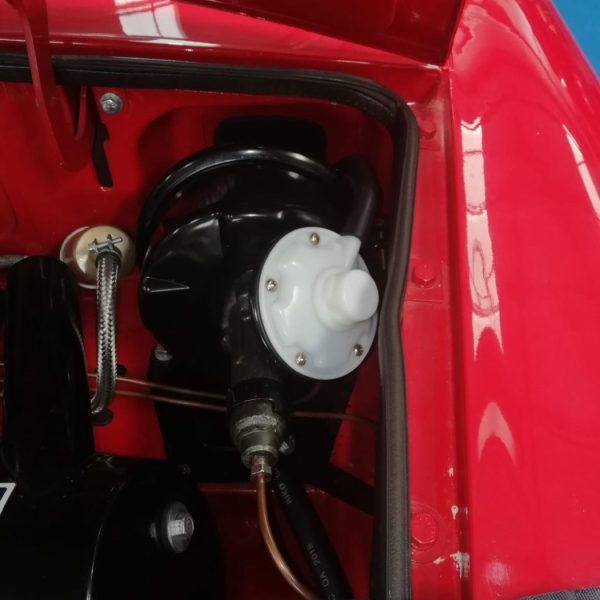
The 1968 MG B GT has been in the Bridge Classic Cars workshop to have several new pieces fitted under the bonnet of the classic sports car.
To start with, the team have fitted a new electric fan to the radiator to help keep the engine cool which being enjoyed by its owner.
Then, the technicians have fitted a new brake servo for the car and replumbed it into the system and tested.
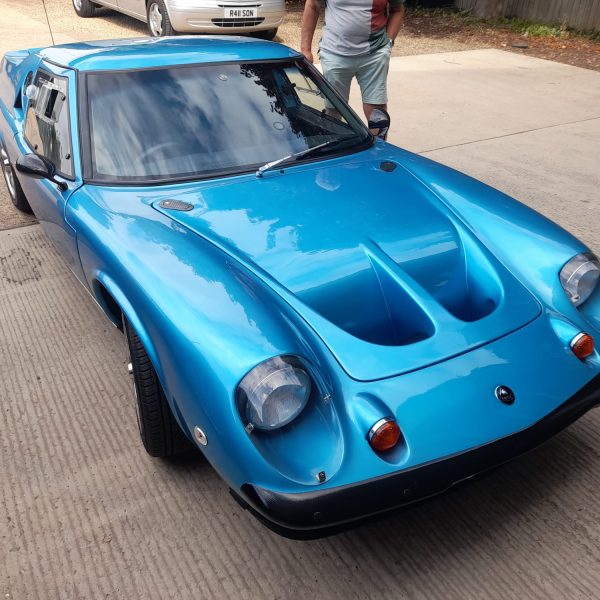
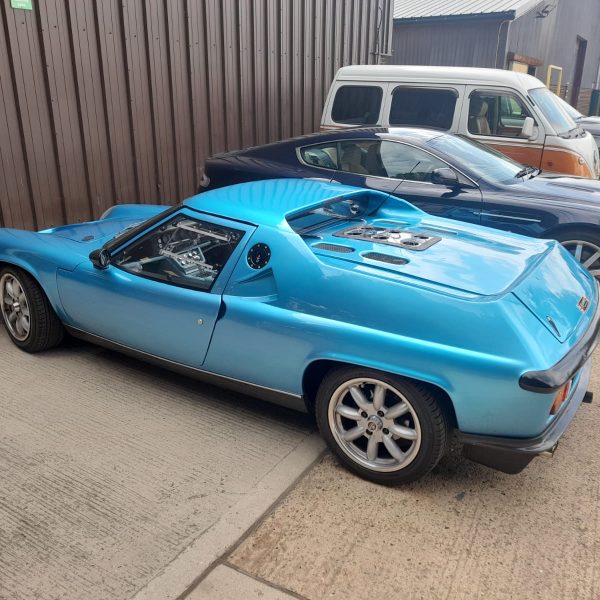
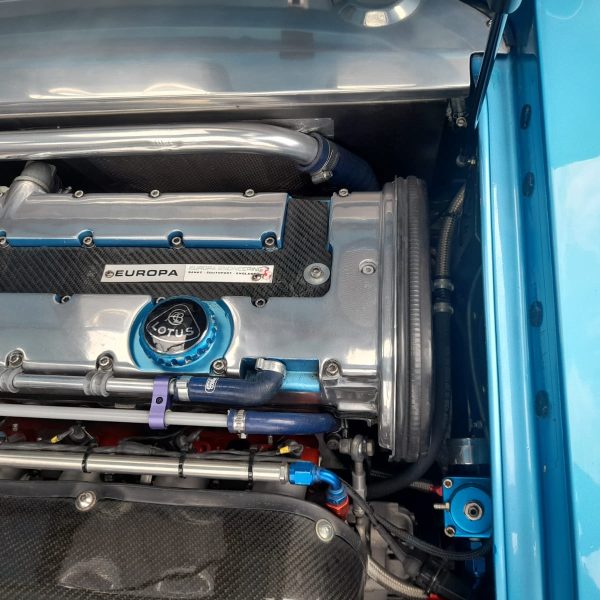
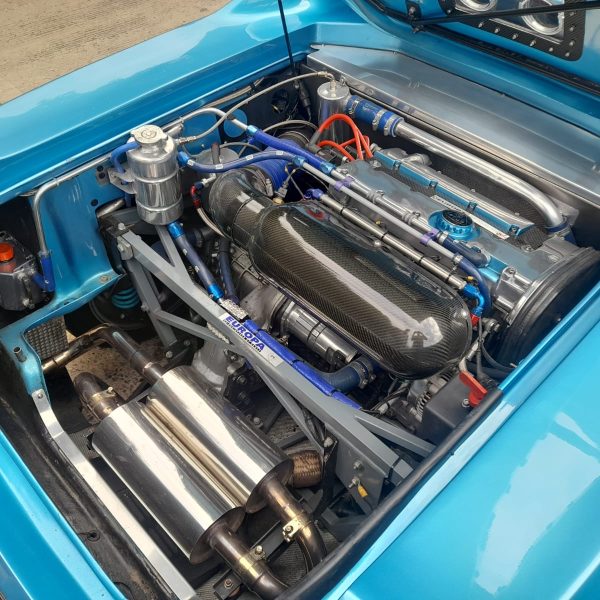
Coming soon to the Bridge Classic Cars Suffolk HQ is this rare and unique Banks Lotus Europa.
The Banks Europa’s have a redesigned chassis from the standard Lotus style which adds rigidity and some adjustability in certain areas. This particular car has been modified and customised by its owner to suit their needs, fitted with a 2-litre transverse Vauxhall engine, it makes this Banks Europa even more of a rarified piece in that apparently very few were set up to run transverse engines.
This car will be coming into our Pettistree workshop later in the year for our technicians to carry out several jobs on the classic Banks Lotus.
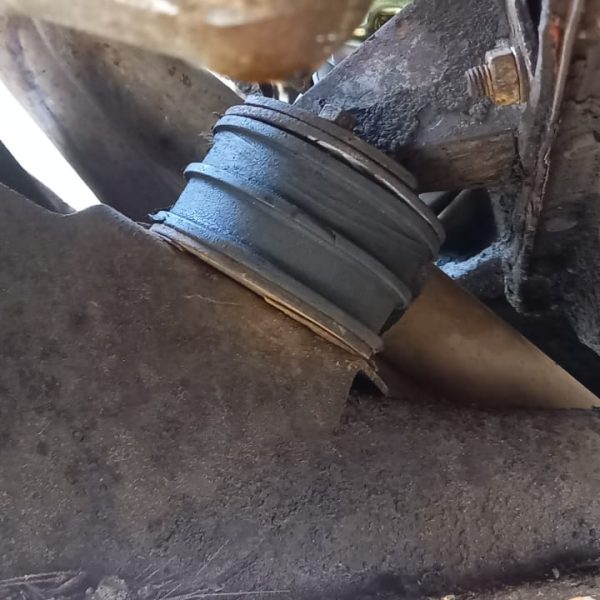


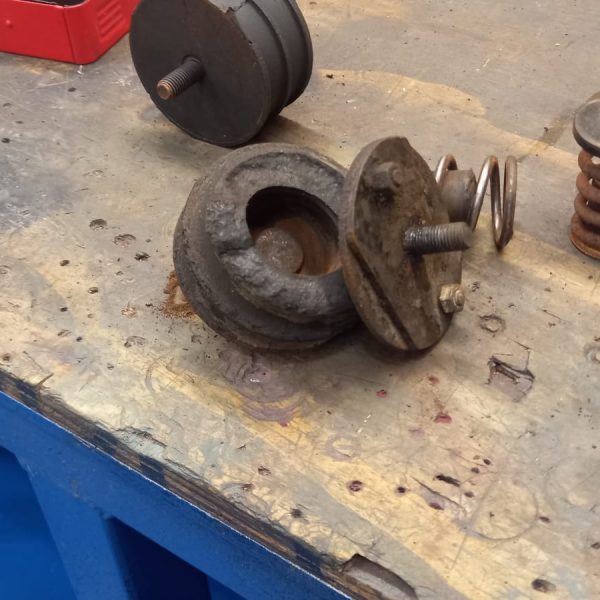
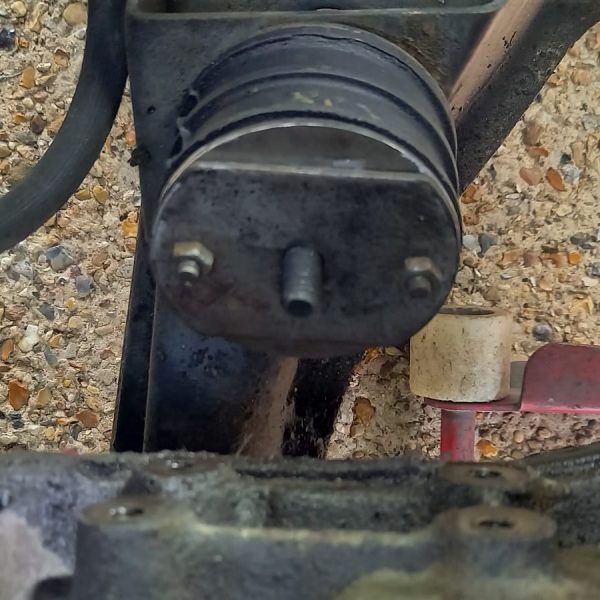

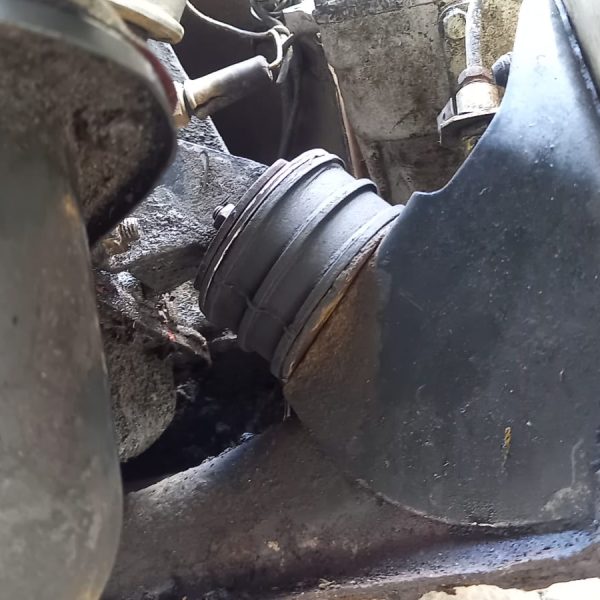
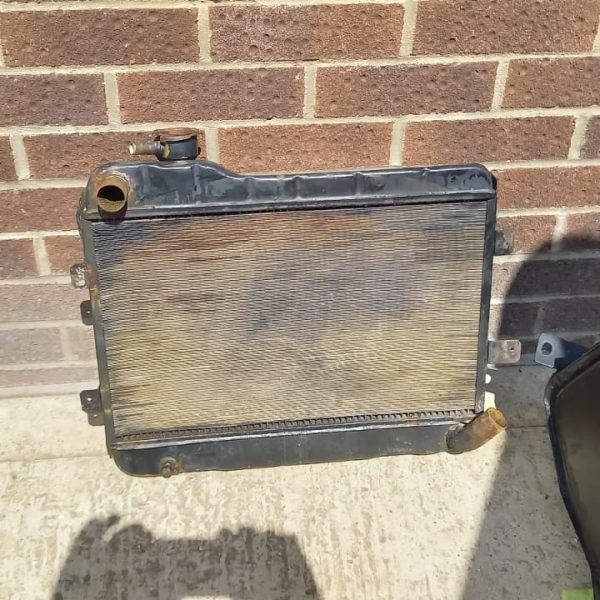
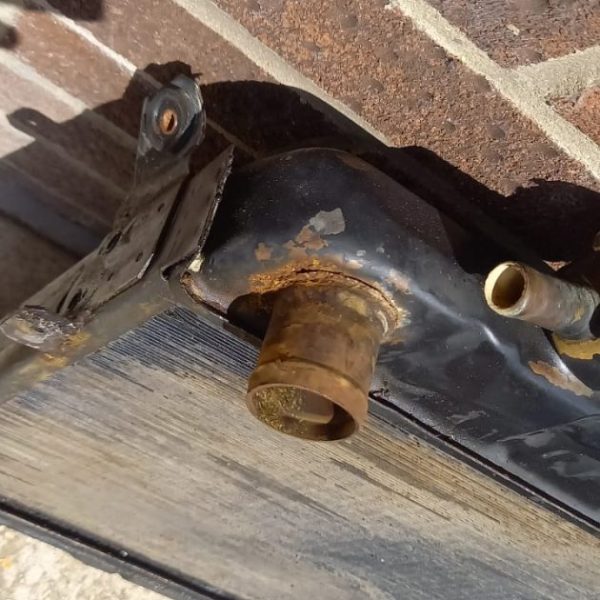
The 1984 Lada 1200 has been worked on by the Bridge Classic Cars restoration technicians as part of getting the car into perfect working order.
To start with, the team have replaced the engine mounts which had begun to crack and perish. The replacement pieces are slightly taller than the previous units but are a much closer match to what would have originally been fitted. These were fitted and secured down to the frame before the engine was put back perfectly into place.
After discovering the crack in the top tank of the radiator, the team have carefully removed the radiator from the core support of the classic Lada. This has been sent off to a local, trusted specialist to be repaired.

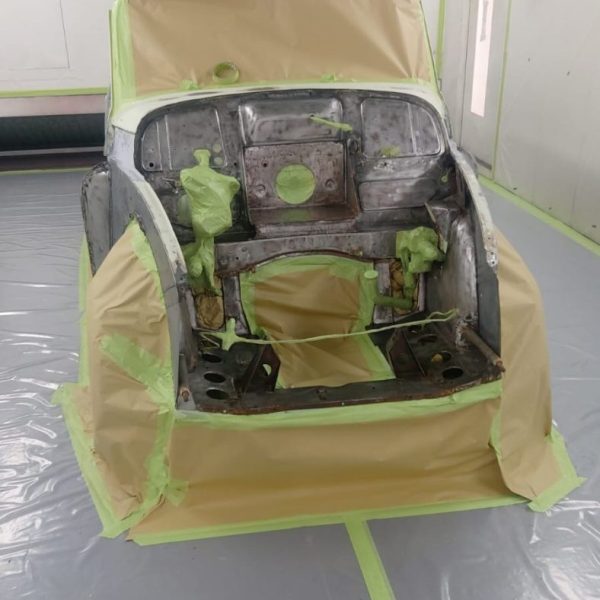


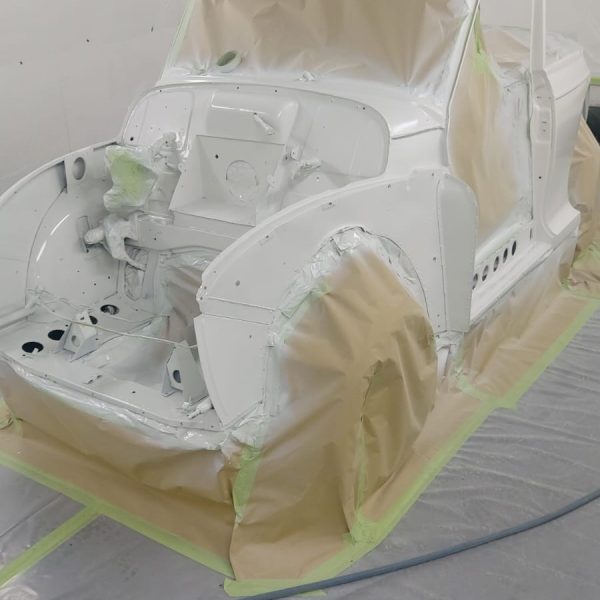
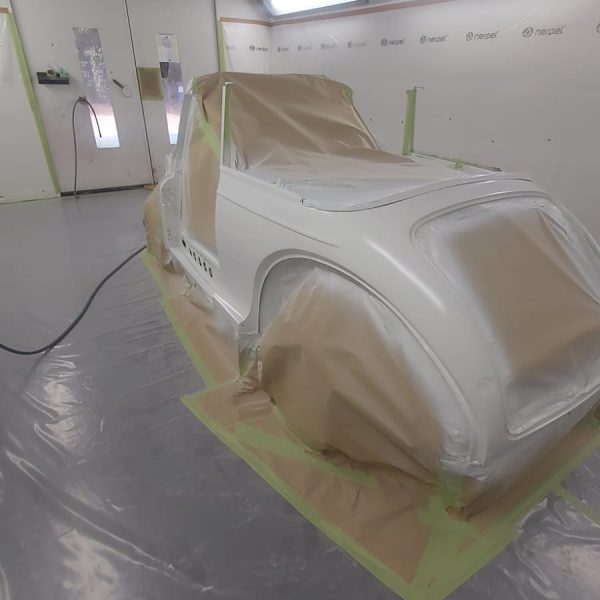
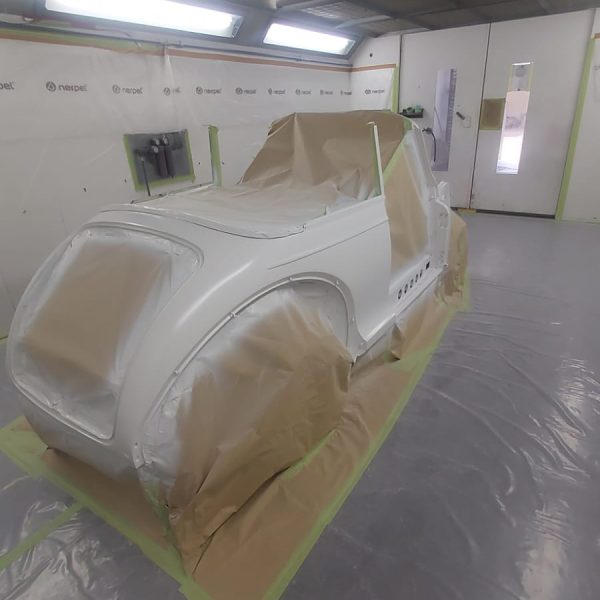


The 1969 Morris Minor Convertible has been in the Bridge Classic Cars paint booth to have its next stage of primer laid down.
After many hours of prep, the classic Morris Convertible has had several layers of high build primer to help build up the surface before it is eventually finished in colour and clear. This stage of primer will also be gently and carefully rubbed back to ensure a perfect surface for the next phase of work.


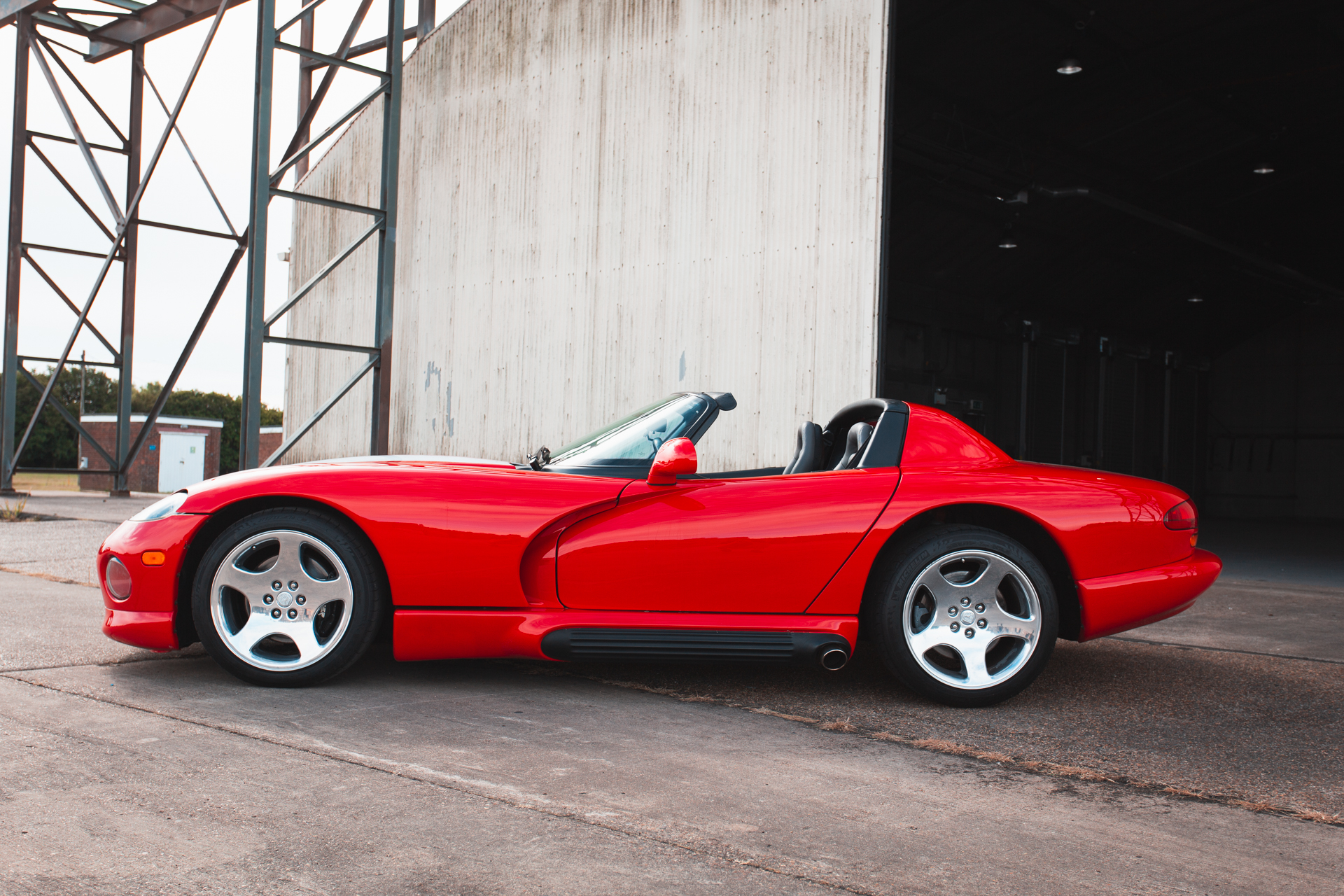



The Dodge Viper – One of the most iconic, raw and visceral supercars of the 1990s. But, why was it so barebones and hardcore? Well, to answer that we have to look back further into the early 1960s.
It all begins with one word. Another car which would become synonymous with its generation – The Cobra. Developed by Carol Shelby in the early 1960s, the Cobra would bring European styling and handling combined with American Muscle thanks to its new heart, a small-block Ford V8 which now sat in the nose of the nimble sports car.
Yes, the Viper is the spiritual ancestor to the legendary Cobra. Even its name is a reference to the sports car/ racer of the 1960s…
In 1988, Bob Lutz was the president of Chrysler (the parent company of Dodge) and underneath him was his Chief of Design Tom Gale. Over a series of conversations, the pair formed an idea to make a modern interpretation of that legendary roadster. The basis was simple, an elegant but imposing exterior styling with the all-important manual gearbox fitted to a monstrous engine. The American contingent could handle the engineering underneath the car, but for the exterior it would need a European flair.
To create the visual flair of the Viper, Chrysler turned to the best in the business at cars with a huge presence. Lamborghini. At the time, Chrysler owned the supercar manufacturer so the job of creating the Viper’s curvaceous and ample proportions was done in Italy. Meanwhile, the engineering team had decided on the engine for the project. It couldn’t be a V8, by that point it was almost a given that ”real” supercars had more than a V12 but what could they use?
Well, Dodge mentioned they had a V10 they could use… and that’s how it happened. To give the car ”heroic proportions” the Viper would be fitted with an 8-litre V10 that had originally been developed for use in the upcoming Ram Pickup Trucks. The engineering team took this concept and remade it in aluminium to keep the weight off the nose of the car which would send all of its 400BHP and 450lb/ft of torque directly at the rear wheels of the supercar.
This was the basis of one of the most legendary supercars in its own right.
The first generation of the car would break cover in 1991 as the official pace car at that year’s Indianapolis 500. Then, in 1992 the car would be shown at the Detroit Auto Show (home turf of Dodge) to massive applause and carrying its official name of the Viper RT/10. The final car would harken back to the days of the Cobra with absolutely no frills whatsoever. A removable canvas roof (later cars could be ordered with a full hard-top), pop-out windows and no airbags… The Viper RT/10 was all business but still had a decent stereo.
The big draw to the Viper by potential owners? That engine. European performance with American reliability, it was the perfect combination. To add to the driver-focused, total performance attitude of the RT/10 engineers removed the anti-lock brakes and traction control to put the driver in complete and total responsibility of this fanged beast. When you add together the lightweight bodywork and its tubular spaceframe underpinnings, paired with the ferocious drivetrain – The Viper RT/10 could, in the right hands, be launched from a complete standstill to 60 miles an hour in under 5 seconds. In the early 1990s, that was only achievable by the most serious of racecars and the highest echelons of the supercar world. If you were feeling brave enough, your courage firmly placed in your right foot and in the right situation you would see over 160MPH on its speedometer placed perfectly in the driver’s view.
Our 1995 Dodge Viper RT/10 comes towards the end of the production run – Just before the change over to 2nd generation. The original RT/10’s are regarded by many to be the most driver-focussed and emotive of all the generations of this Detroit supercar. And Bridge Classic Cars wants you to experience this rare and unique breed of the supercar.
Click here to get your tickets and enter the draw to win our 1995 Dodge Viper RT/10.

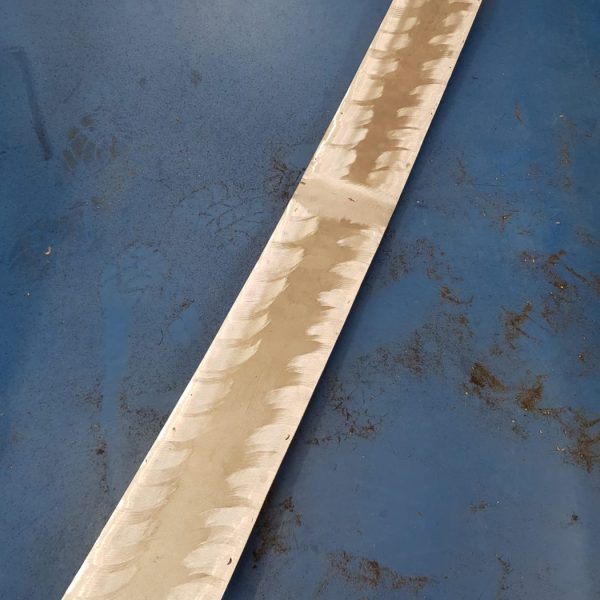
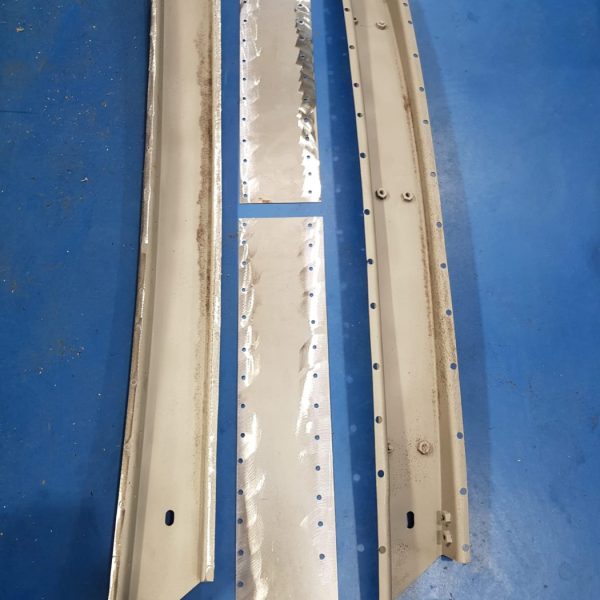



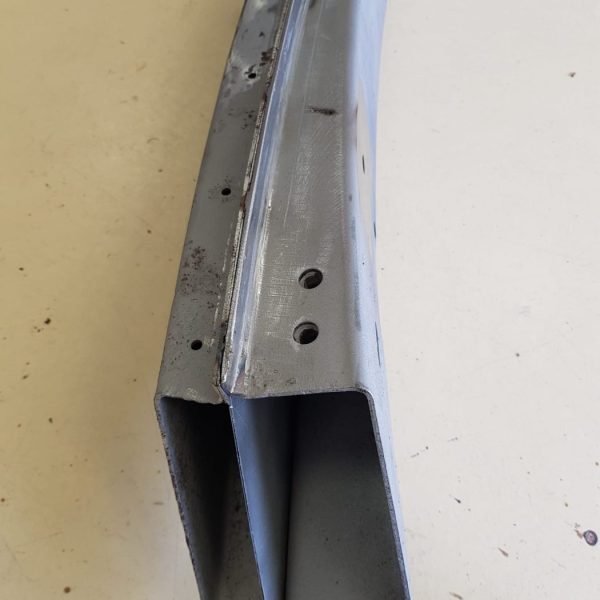
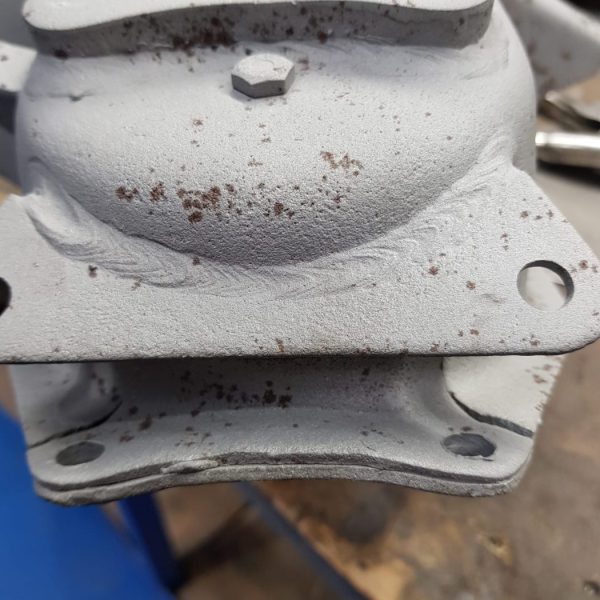
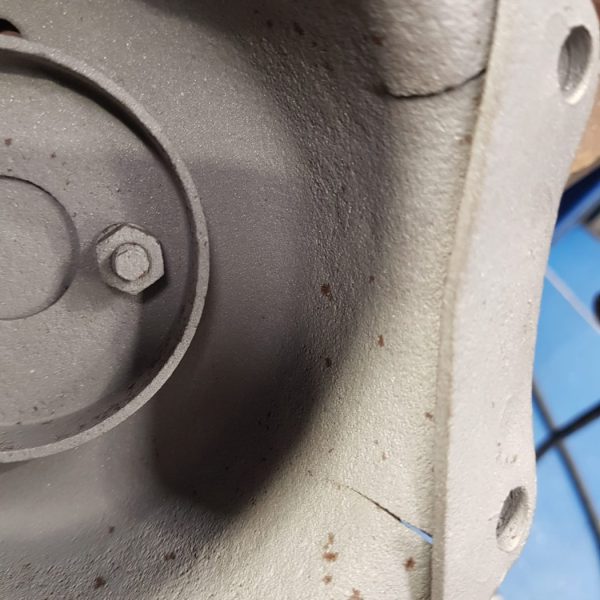
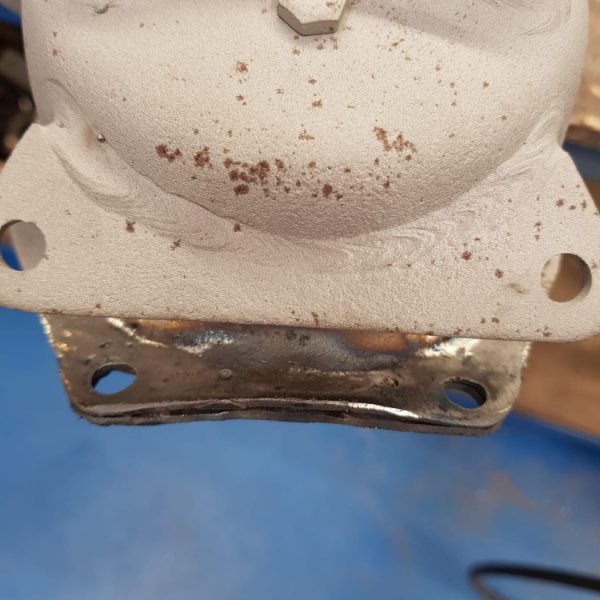
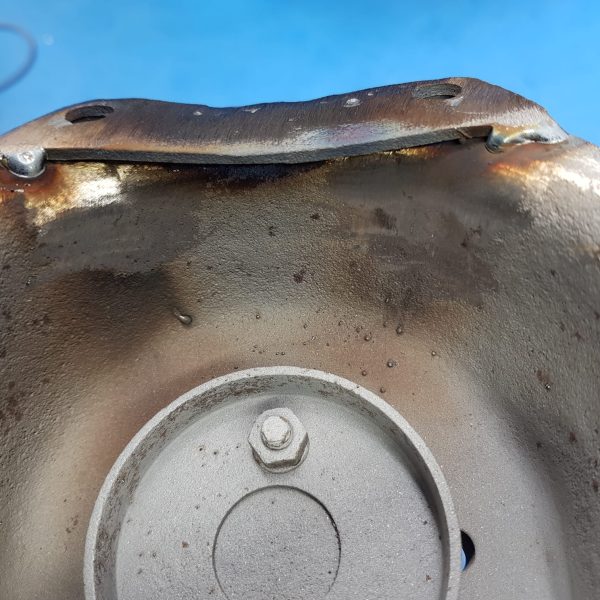
The workshop team at Bridge Classic Cars have been working on several key pieces of the 1978 MG B GT in for restoration with us at our Suffolk HQ.
Firstly, our technician Rob has made up an all-new rear bumper box section for the classic MG. This piece was heavily corroded so the team made a new piece which made up the rear bumper and crash structure in the car.
Next, the team got to work on the front cross-member. This, over time, had developed some hairline cracks in the thinnest areas near the mounting tabs. So, Rob has carefully and methodically rewelded these areas making sure to add in material to strengthen certain parts of the component.
Bridge Classic Cars are award winning Classic Car Restoration and Maintenance specialists. Your pride and joy is in safe hands with our expert Classic Car Technicians. Take a look at our awards here.
We use cookies to deliver the best possible experience whilst visiting our website. By clicking "Accept All", you consent to our use of cookies, or you can manage your preferences by clicking the link below. You can manage your preferences at any time from out Cookie Policy page.